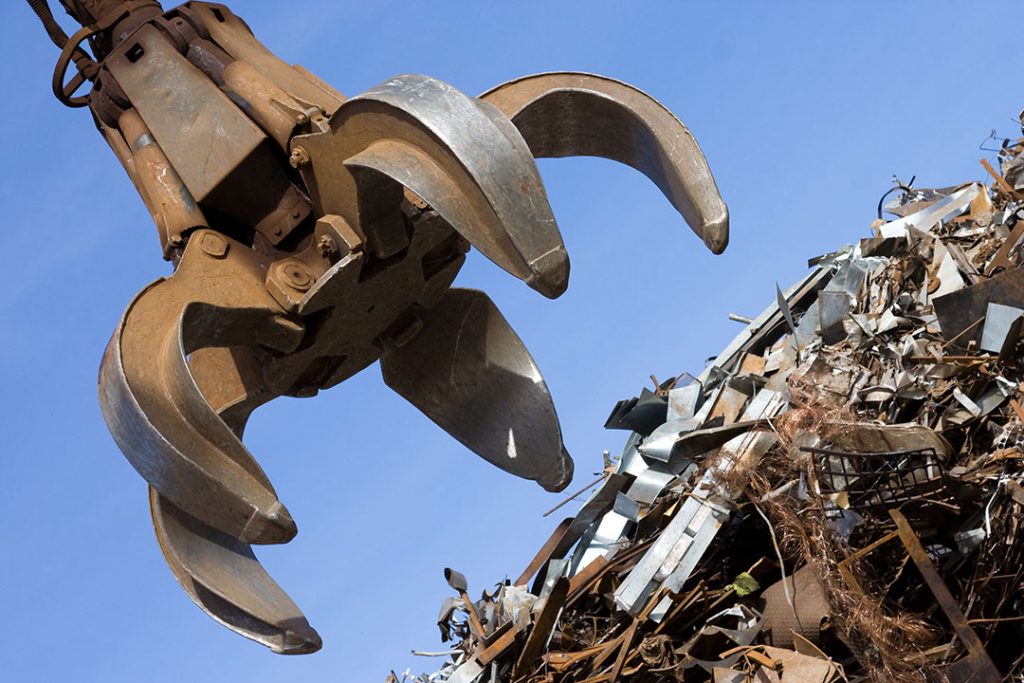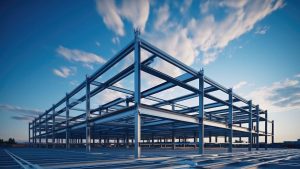As concerns about the environment and energy consumption continue to grow, more and more people are looking for ways to make their buildings more sustainable and energy-efficient. One material that is often overlooked in this conversation is steel. Despite its reputation as a heavy industry material, steel is actually a very sustainable and energy-efficient building material. In this article, we will explore the ways in which steel framed buildings can be made more sustainable and energy-efficient.
Recycling Steel
First and foremost, it’s worth noting that steel is one of the most recycled materials in the world. According to the World Steel Association, steel is the most recycled material on the planet, with a recycling rate of over 68%. This means that when a steel building reaches the end of its life, the steel can be recycled and used again, reducing the need for new raw materials. This not only helps to conserve resources, but it also reduces the carbon footprint of steel production.
Green Building Techniques
Another way in which steel buildings can be made more sustainable is through the use of green building techniques and technologies. Steel is a versatile material that can be used in the construction of all types of buildings, from skyscrapers to warehouses. When used in combination with other sustainable building materials and techniques, such as green roofs, solar panels, and energy-efficient lighting, steel buildings can be designed to be highly energy-efficient.
Passive Solar Design
Steel buildings can also be designed to be more energy-efficient by incorporating passive solar design principles. This means positioning the building to take advantage of natural light and heat, and using materials that absorb and store heat. Additionally, the use of high-performance glazing and insulation can help to reduce heat loss and improve the overall energy efficiency of the building.
Insulation
Proper insulation is also an important factor in steel buildings’ energy efficiency. Insulation helps to keep the building warm in the winter and cool in the summer, reducing the need for heating and cooling systems. There are a variety of insulation materials available, including mineral wool, polyurethane, and polystyrene, each with their own unique properties and benefits.
Conclusion
In conclusion, steel is not only a durable and strong building material but also a sustainable and energy-efficient one. When combined with other green building techniques, steel buildings can be designed to be highly energy-efficient, reducing their environmental impact and helping to conserve resources for future generations. With the ability to recycle and use green building techniques, steel buildings can play a vital role in creating sustainable and energy-efficient built environments.
Contact National Steel Buildings Today
At National Steel Buildings, we pride ourselves on providing high-quality, sustainable, and energy-efficient steel building solutions. If you’re looking to construct a new building or remodel an existing one, we invite you to consider the many benefits of steel construction. Our team of experts can work with you to design and engineer a steel building that meets your specific needs and requirements. Get in touch today.




